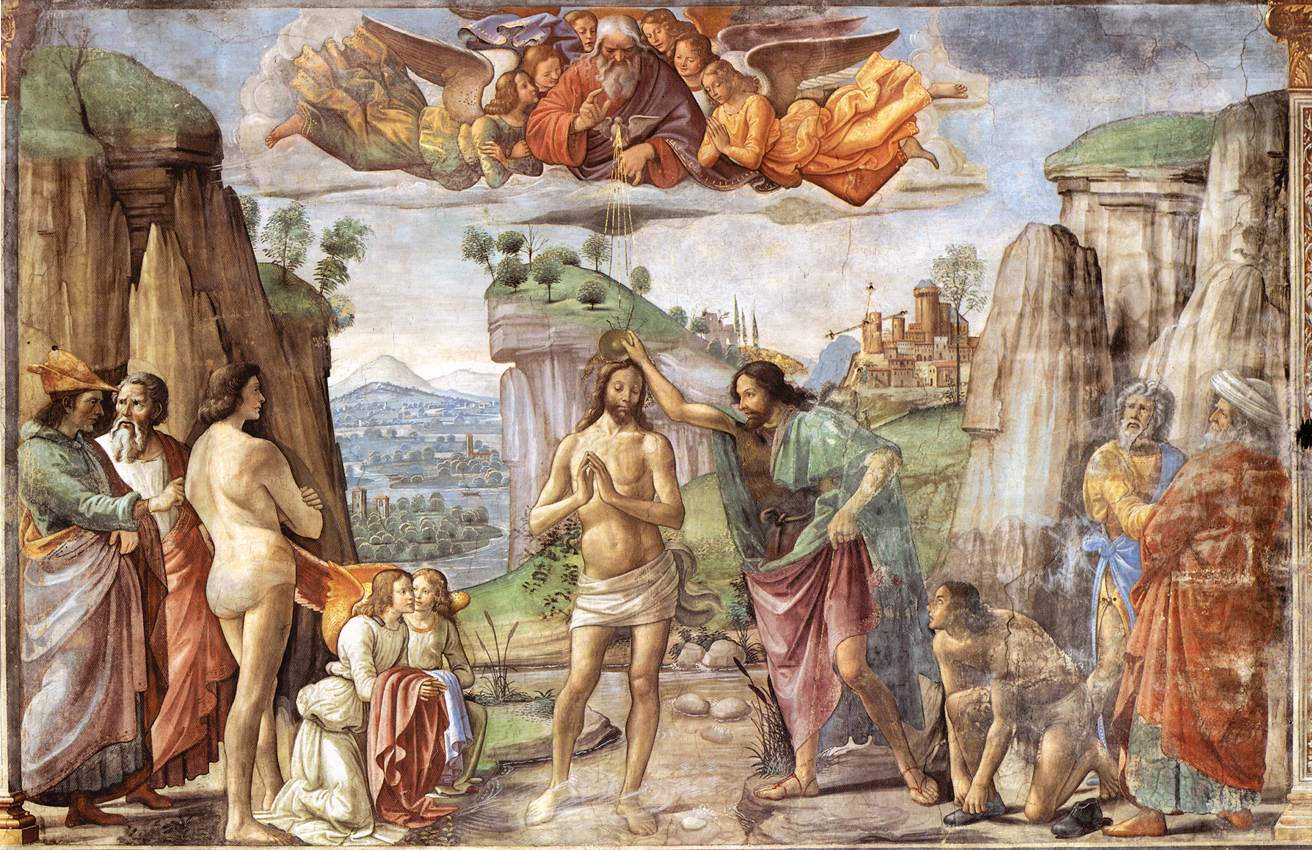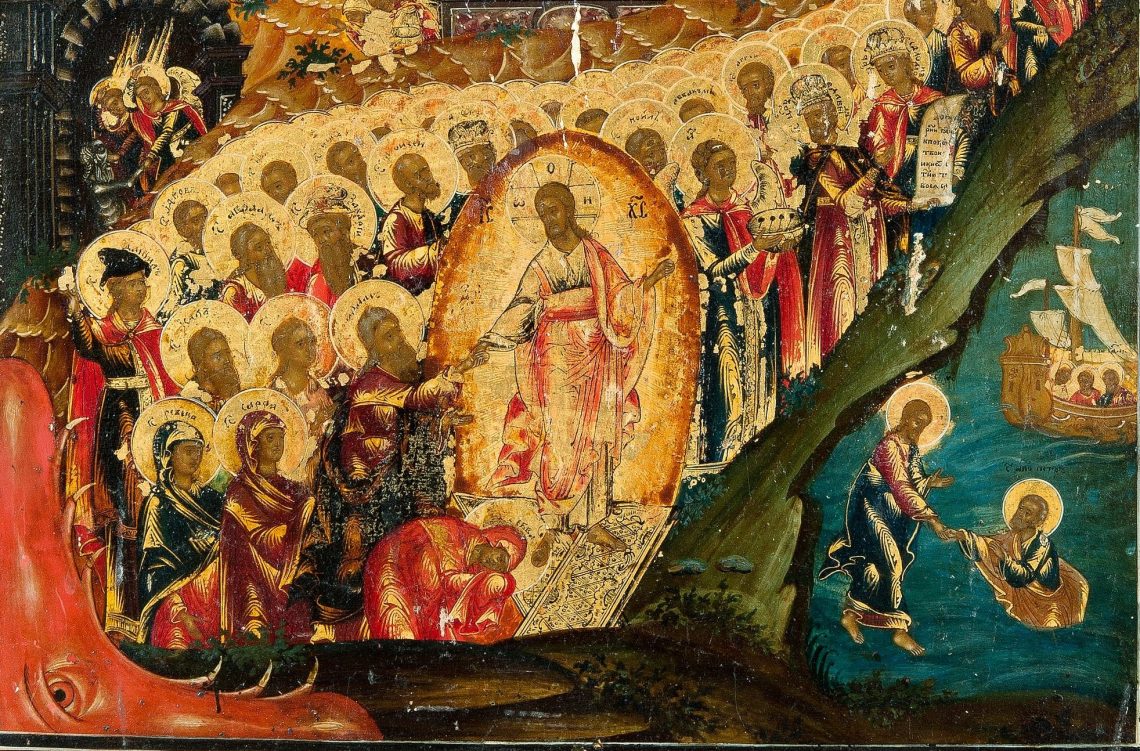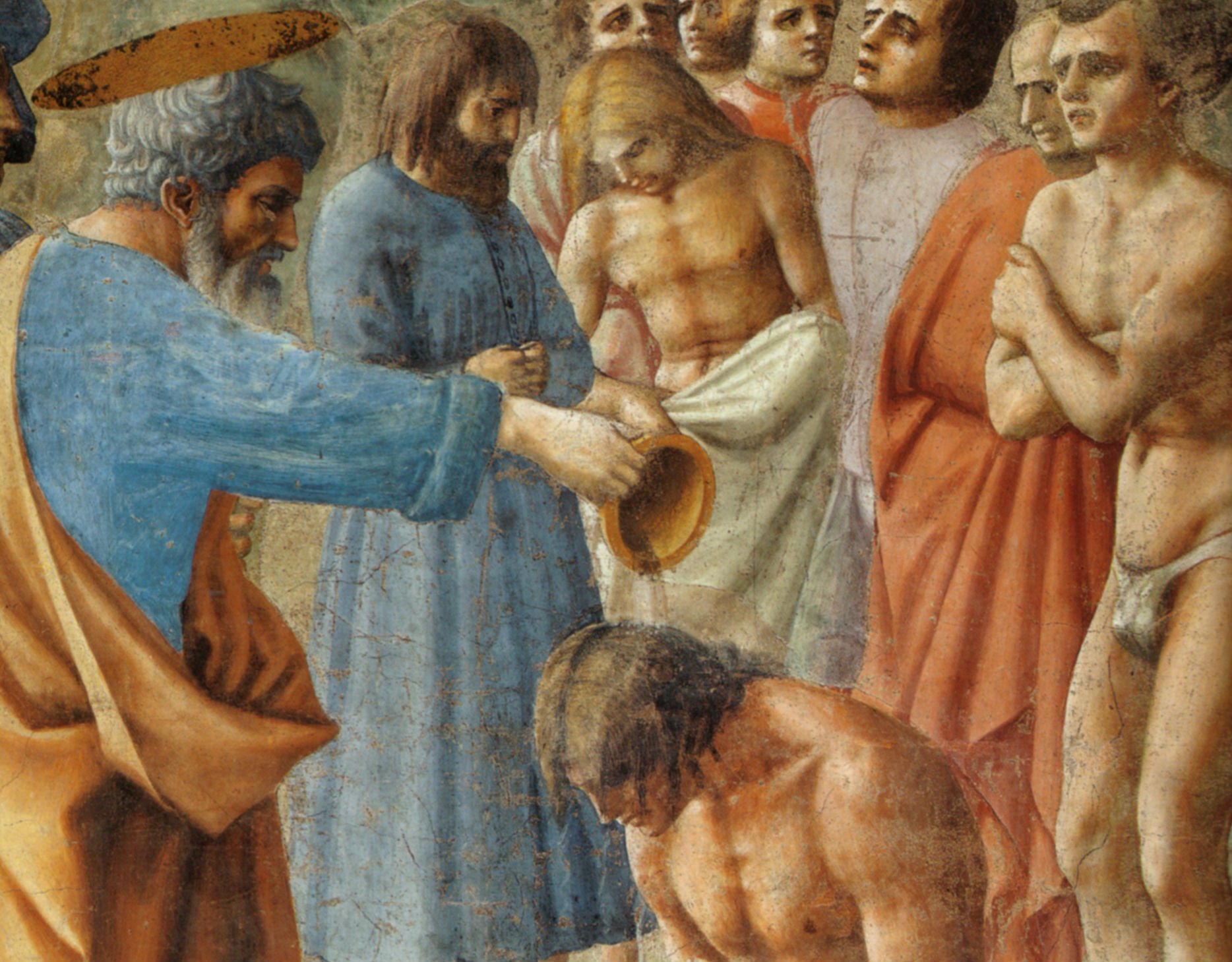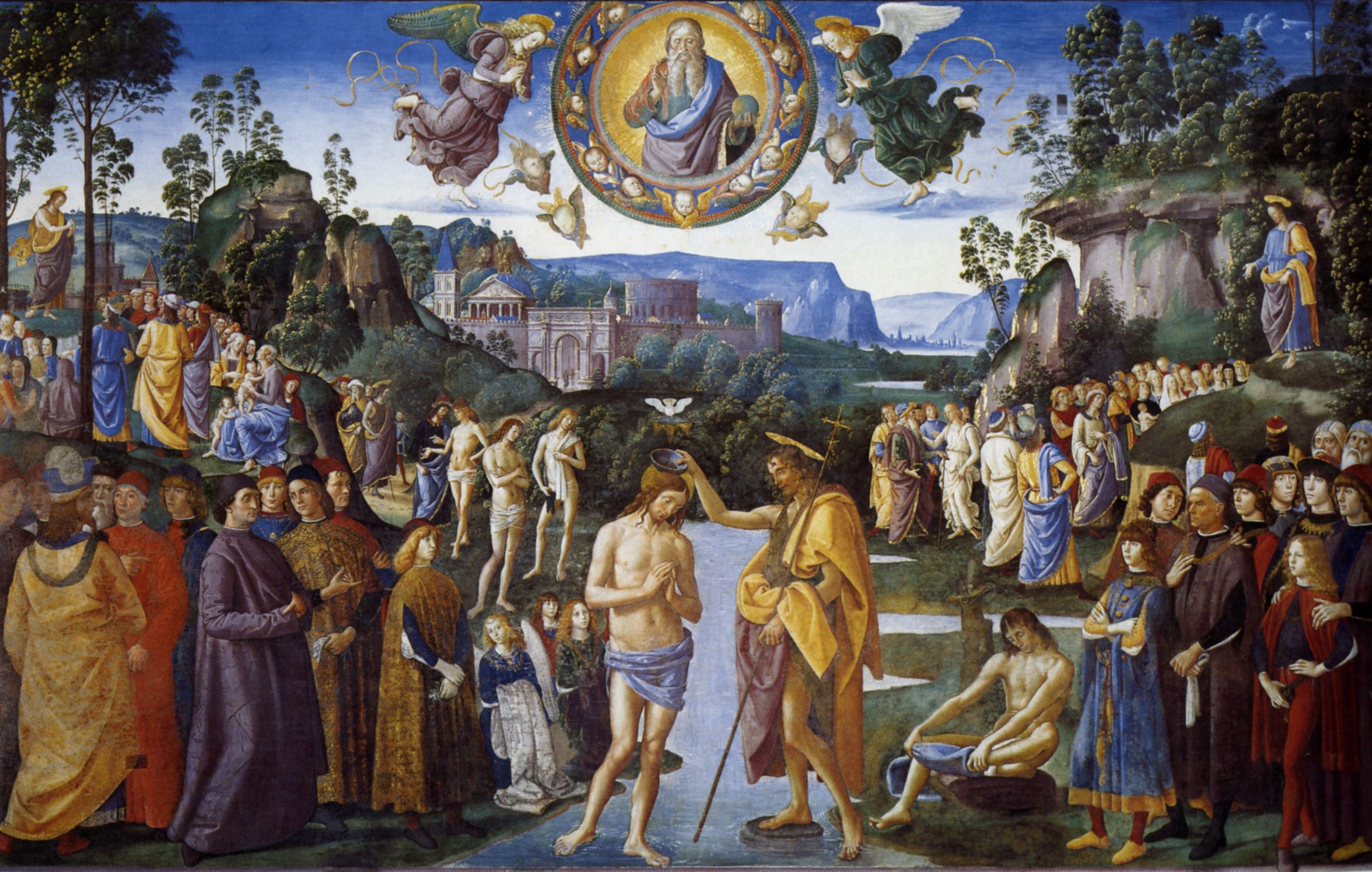
On the third day there was a wedding in Cana of Galilee, and the mother of Jesus was there. Now both Jesus and His disciples were invited to the wedding.
If we were to work with the idea that Mary is a type or allegory of the earth, this would take nothing away from the reality or historicity of the event, nor would it necessitate declaring her the queen of heaven.
Some of this builds off last devotion, where we contemplated how the earth itself is God’s bride, and the creation account was like a marriage, where the Lord took off the dark, watery veil of His bride, to reveal His beloved, in whom is His delight, the creature made in His image, man and woman.
Is earth the Lord’s bride? We contemplated how as typified in Moses, God had to turn away His face from His adulterous wife. When God turns His face away from the earth, people return to dust. But the promise and hope of the Old Testament was that the Lord would turn once again toward His creation in the messiah, and be married to the earth once again. “For the LORD delights in you, And your land shall be married….And as the bridegroom rejoices over the bride, So shall your God rejoice over you.”
Jesus is both a son of the creation, and a son of God. As a son of creation, He reestablishes the bride of the Lord. Mary typifies the creation itself. Here’s how Revelation puts it, “Now a great sign appeared in heaven: a woman clothed with the sun, with the moon under her feet, and on her head a garland of twelve stars. Then being with child, she cried out in labor and in pain to give birth. And another sign appeared in heaven: behold, a great, fiery red dragon having seven heads and ten horns, and seven diadems on his heads. His tail drew a third of the stars of heaven and threw them to the earth. And the dragon stood before the woman who was ready to give birth, to devour her Child as soon as it was born. She bore a male Child who was to rule all nations with a rod of iron. And her Child was caught up to God and His throne. Then the woman fled into the wilderness, where she has a place prepared by God, that they should feed her there one thousand two hundred and sixty days.”
In this passage, how is the “woman” not the earth? And how is the male child not a “son of the earth” so to speak?
The creation itself “labors” in pain, which brings together both the curse of Adam and Eve. As St. Paul says, “For we know that the whole creation groans and labors with birth pangs together until now.” Life will come forth in labor pains, for both the man and woman.
Mary, we could say, is the tip of the spear, the type of the earth, giving birth to its Savior. And in Christ, God and His creation are reunited in marital bliss.
So, we find ourselves at a wedding feast. Mary was there, representing earth. Jesus and the disciples were invited. Let’s go with the allegory and see where it takes us. The earth is there. The earth is there in all its fallenness. Its son is there as well, with those who would be on “His team,” His disciples, that is, the new creation.
There is a real marriage going on, but it’s way, way in the background. We hear of no characters from the actual event, save one character who will serve as an important witness to an important detail. That is, whatever wine christened the marriage, there was a new wine much greater christening a new marriage.
Wine is a symbol of new creation. Noah got drunk on wine after the restoration of creation.
Isaiah also closes the loop on the dragon mentioned above, and note the role of wine: “In that day the LORD with His severe sword, great and strong, Will punish Leviathan the fleeing serpent, Leviathan that twisted serpent; And He will slay the reptile that is in the sea. In that day sing to her, ‘A vineyard of red wine! I, the LORD, keep it, I water it every moment; Lest any hurt it, I keep it night and day.’ ”
Mountains dripping with new wine is a sign of the new age, as proclaimed by the prophets Joel and Amos. The Joel prophecy about new wine is from the same chapter Peter quotes on Pentecost , itself a day of wine-drinking, a harvest festival, which is why many thought Peter was drunk. But Peter was talking about a new harvest and a new wine, giving the appearance of a new drunkenness, not like Noah’s.
And yes, that day would be Pentecost, the day of the earth’s renewal, when “You send forth Your Spirit, they are created; And You renew the face of the earth.” That day was a day the Lord established, in His time, as a culmination of His ministry, His cross, His resurrection, and His ascension.
It was the day of the Lord, not on the day Mary asked Jesus to create new wine. His hour had not yet come. But that doesn’t mean Jesus can’t do a “sign,” or an action prophecy, or give a type. And so He does.
Mary, representing the earth, longs for her renewal. And Jesus gives a taste of what would be, a sign for His disciples, for us, of what shall be, and what is.







